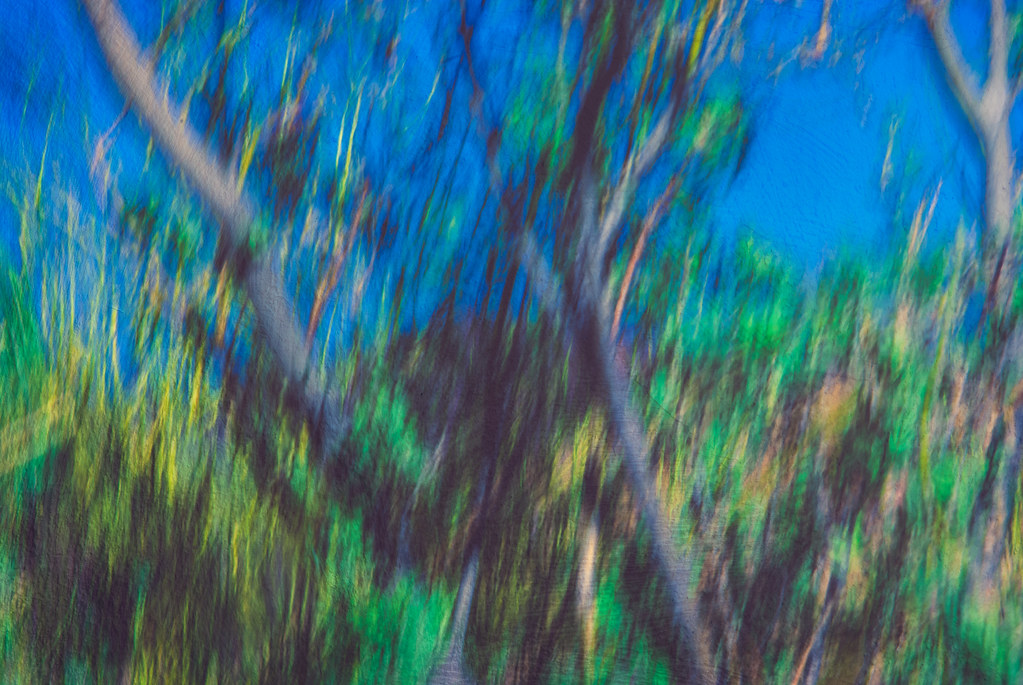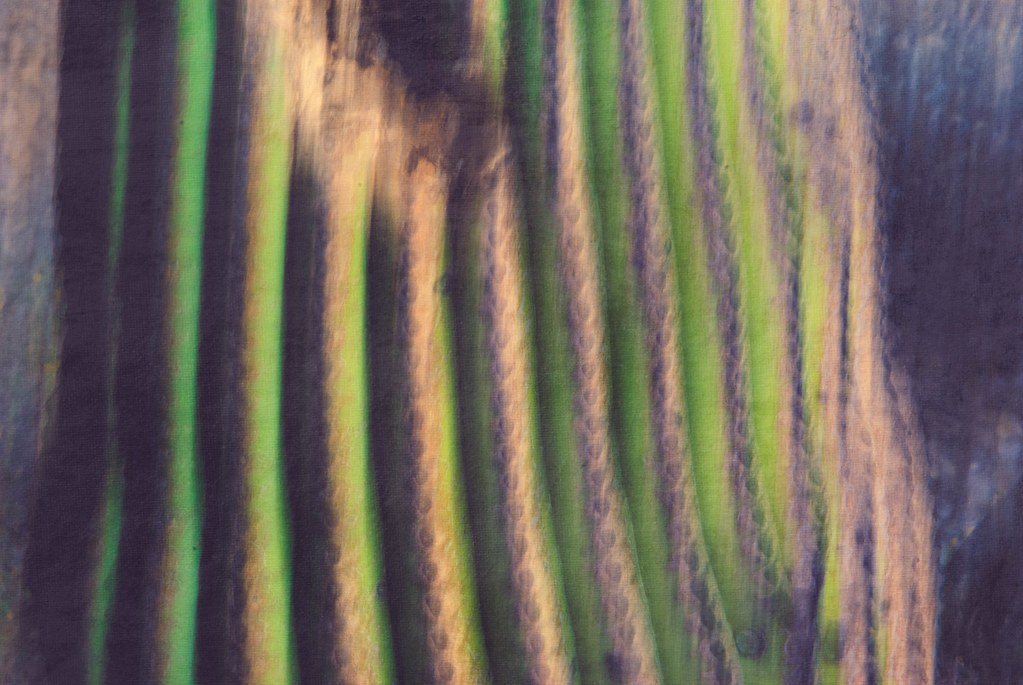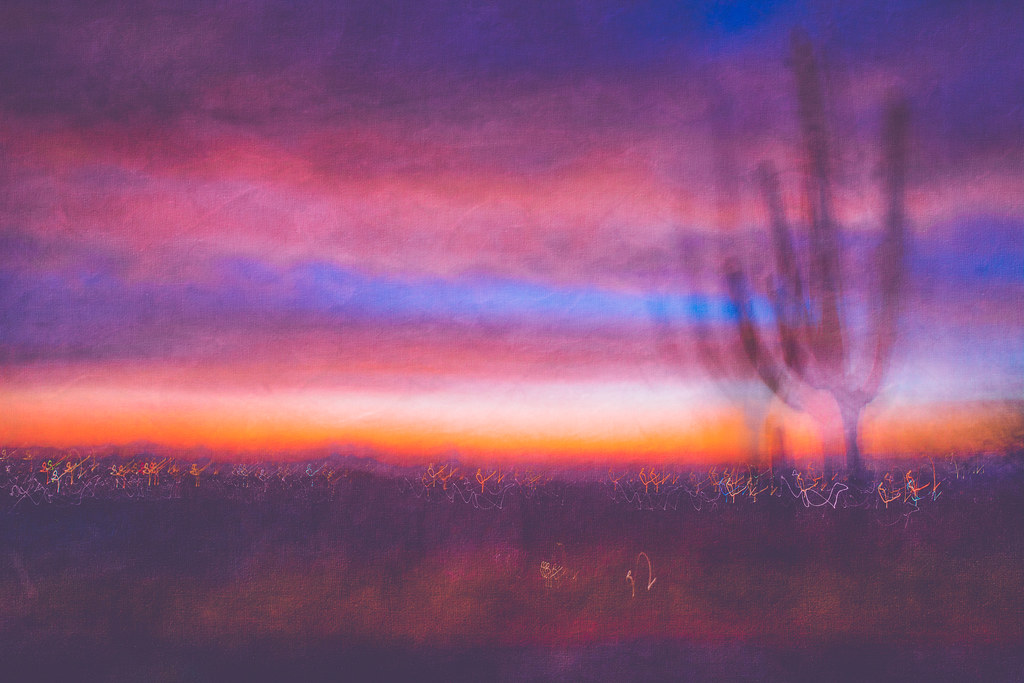Impressionist photography
Every morning I drink my coffee and watch Youtube videos about things I'm interested in. The things vary wildly. Lately, it's mostly photography-related. If I see a video at any other time, I'll save it for my morning queue.
That's how I stumbled across a video titled, Photographs that look like paintings about an artist named Samantha Cavet.
And it blew my mind. I just love, love, love her work.
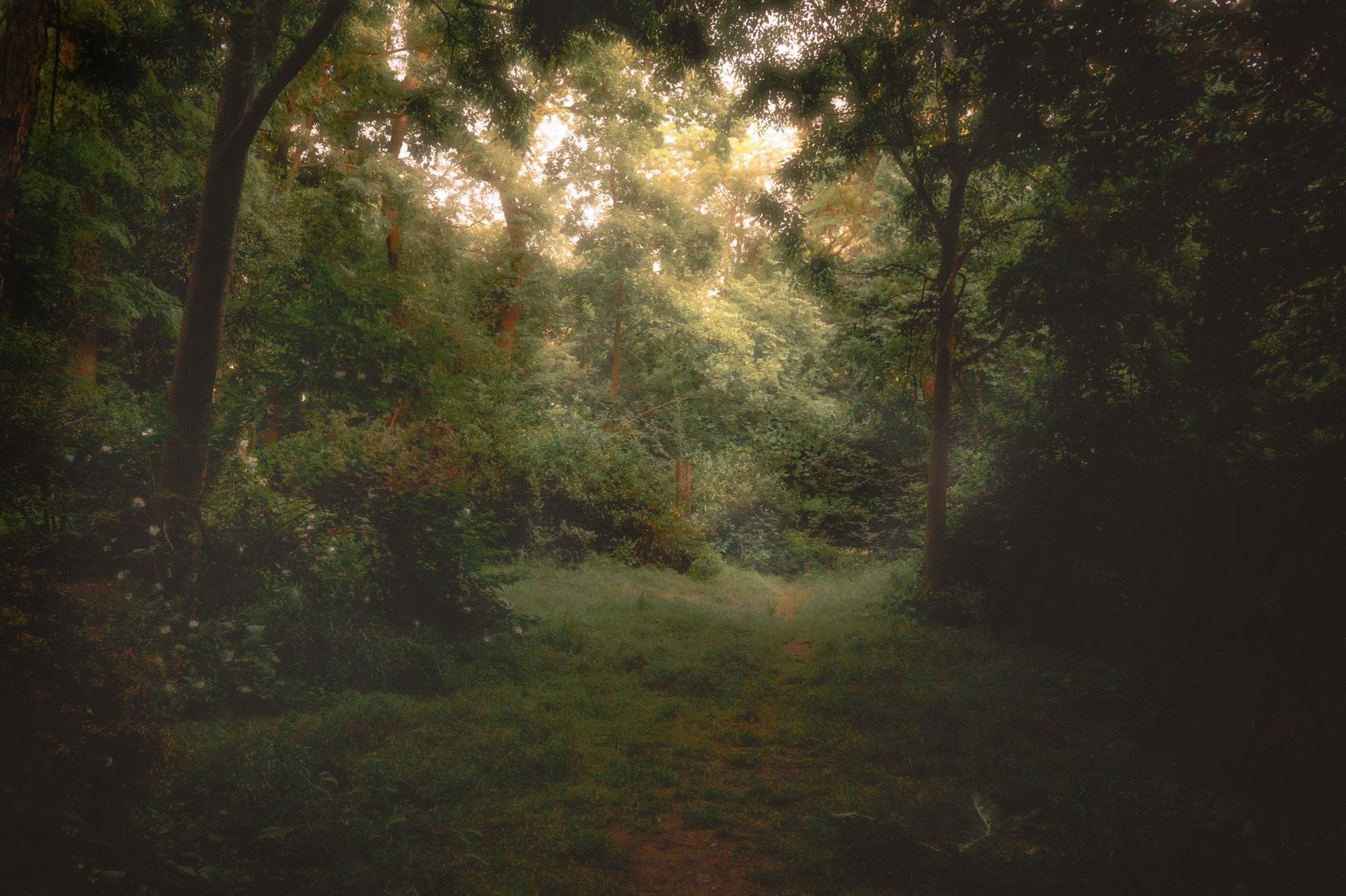
It's a kind of neo-pictorialism, and I have always loved pictorialism — photos that look like dreams, photos that feel like what a place feels like rather than looking like what it looks like.
I have always loved pictorialism for the same reason I love expressionist and fauvist art.
Well before this, my bookmarks were full of pictorialist history and techniques, including how to modify lenses for it. (I have a few inexpensive lenses already, waiting for the monsoons this summer; they're just not the right tool for the sharp, dry desert floor.)
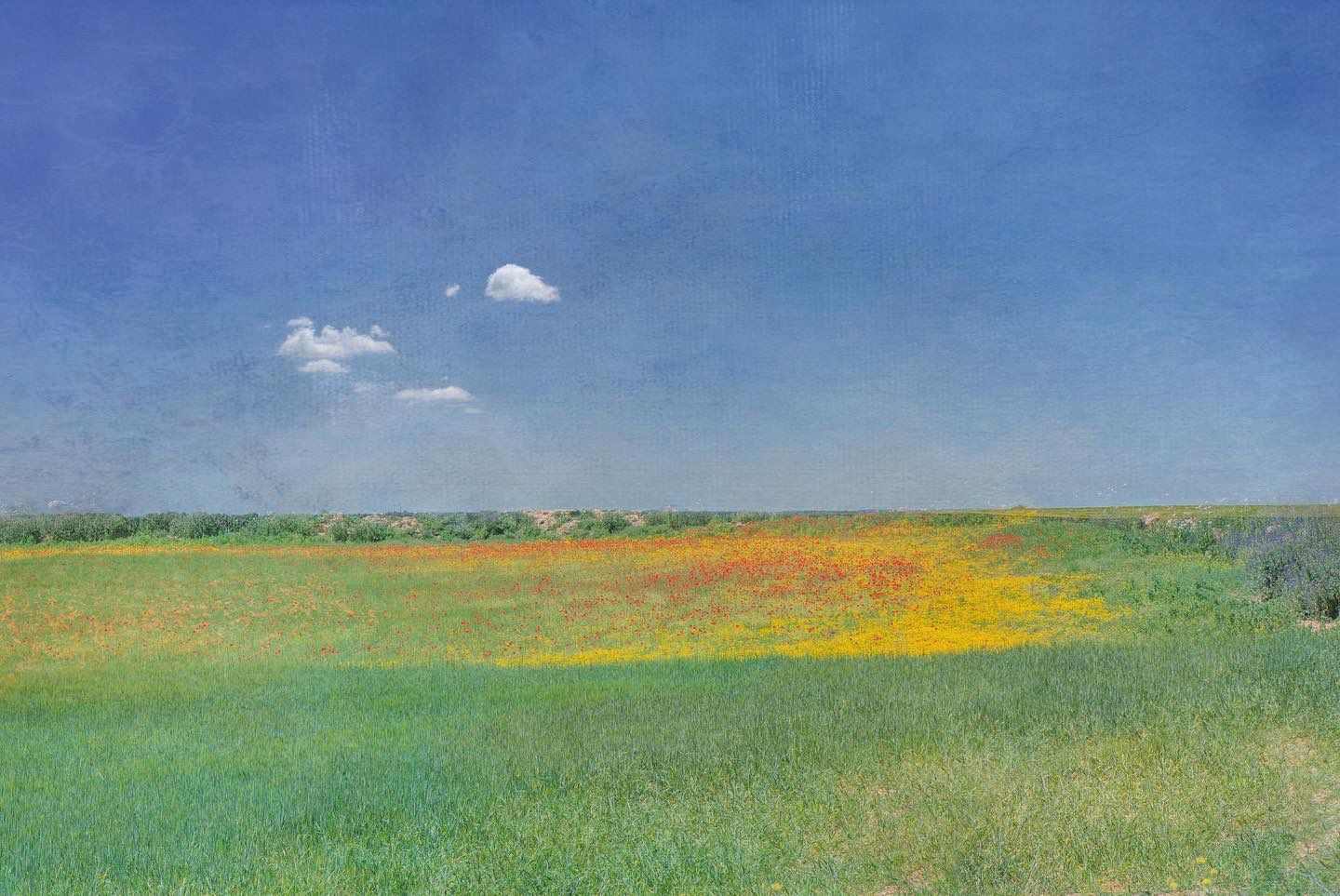
But this isn't really pictorialism. Pictorialism is about taking a single frame the way you want it. It's not slavishly real, like photojournalism is, but it's still distinctly about making a photograph. One.
Samantha's work is different.
She creates paintings, with photographs.
I immediately wanted to learn how to do it.
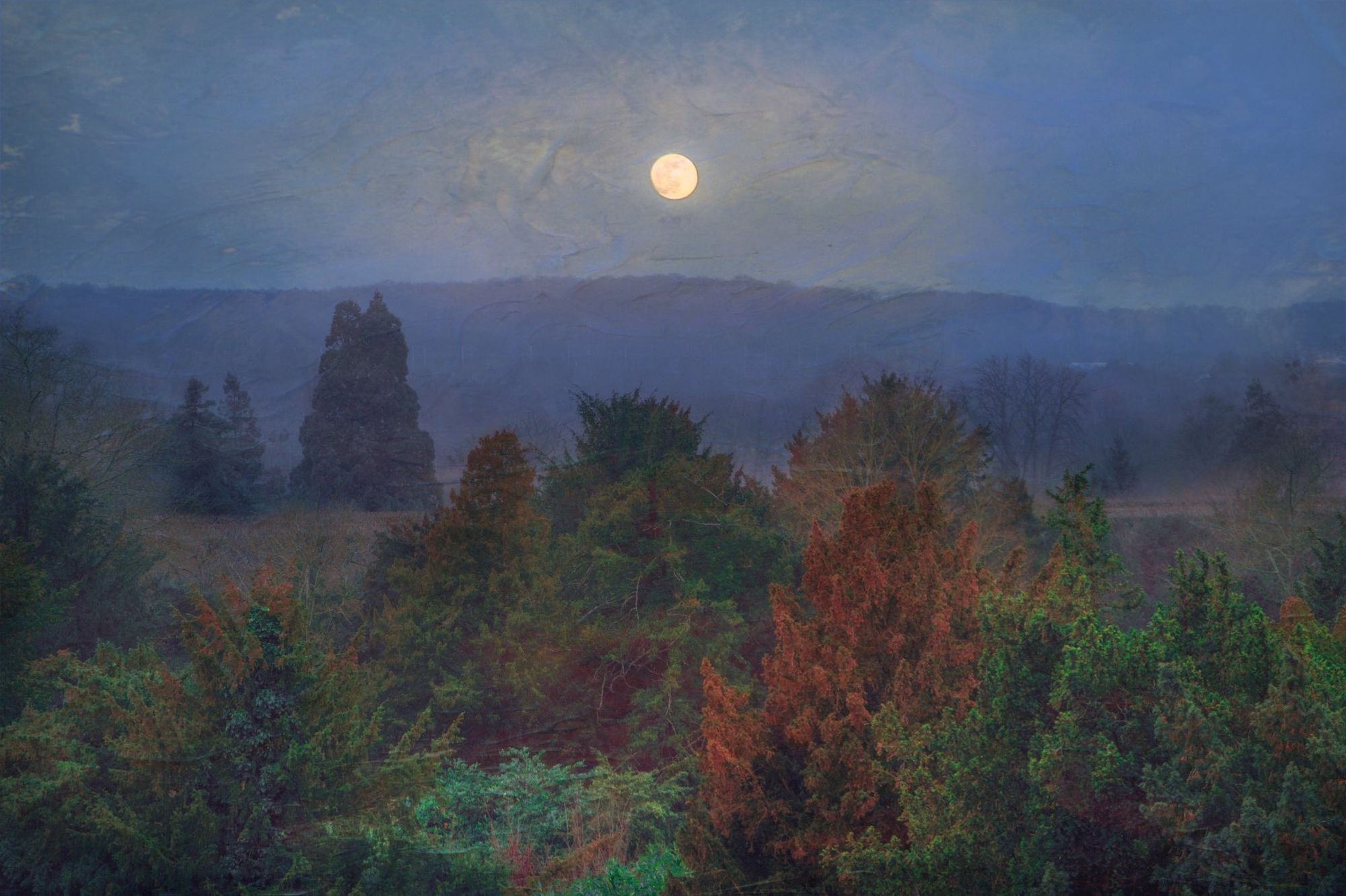
Cue research montage.
Here's what I've learned…
- This approach is sometimes called Impressionist Photography or Photo Impressionism.
- You can do a fair amount in-camera (like pictorialism or abstract photography) but it seems like the ones I love the most are fairly heavily edited.
- Multiple exposure is one of the major tools in the toolbox, be it in-camera or composited.
- One special type of multiple exposure is "in the round," or the Pep Ventosa effect.
- A lot of times the photographs are heavily edited with multiple layers, using the Orton effect, texture layers, or with multiple frames of the same or similar scene.
- And one of the biggest secret ingredients is something I'd never heard of before… intentional camera movement, or ICM.
- There are a lot of schools of thought on ICM, and even a magazine!
Here's what I've done
I'll document how/what/why later but here are my first attempts! It's frustrating but a lot of fun. And it's another way to enjoy photography even when the lighting and scenery is harsh.
(But I will say this: As you can see, I'm not trying to copy Samantha. There's no fun in that.)
